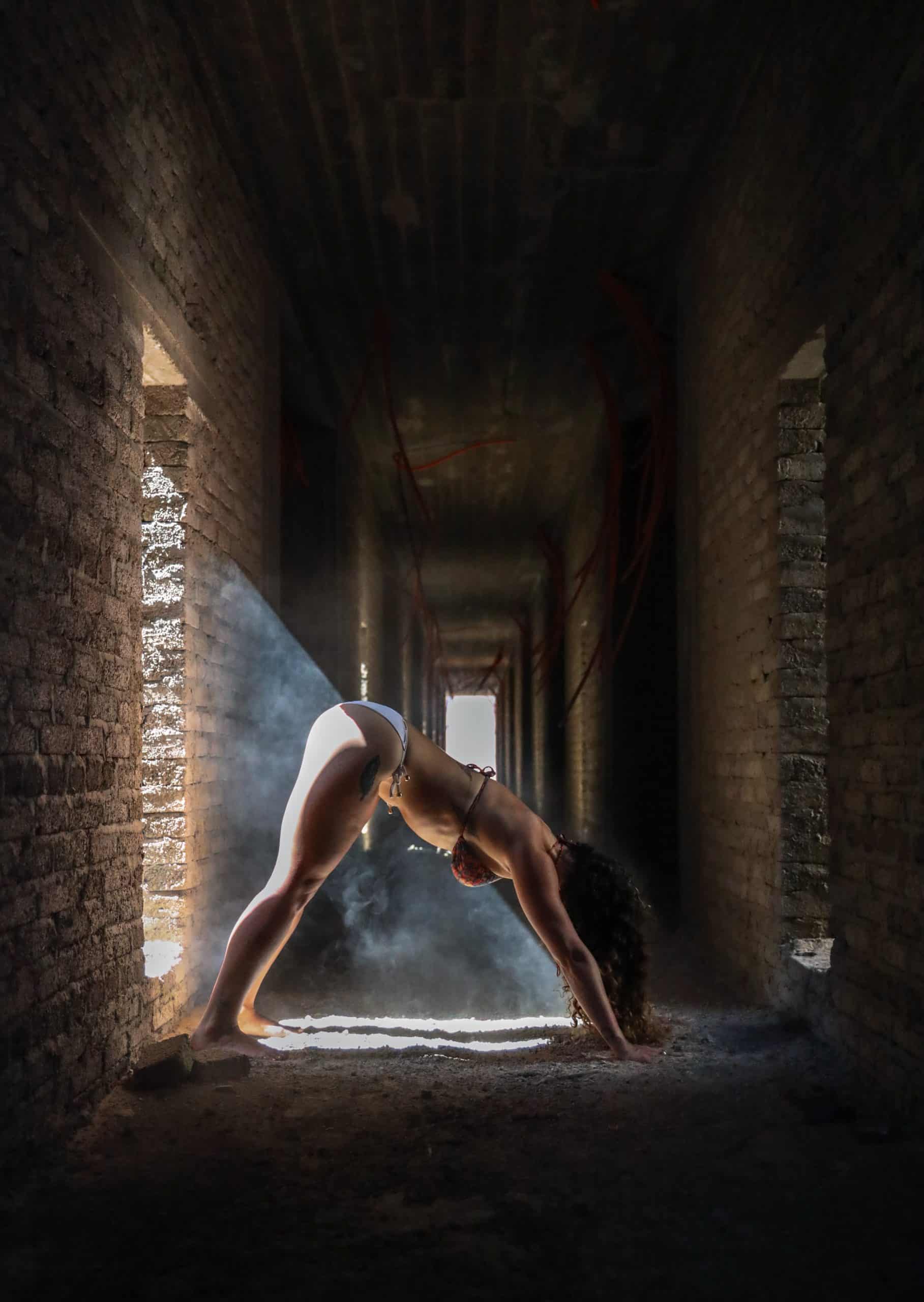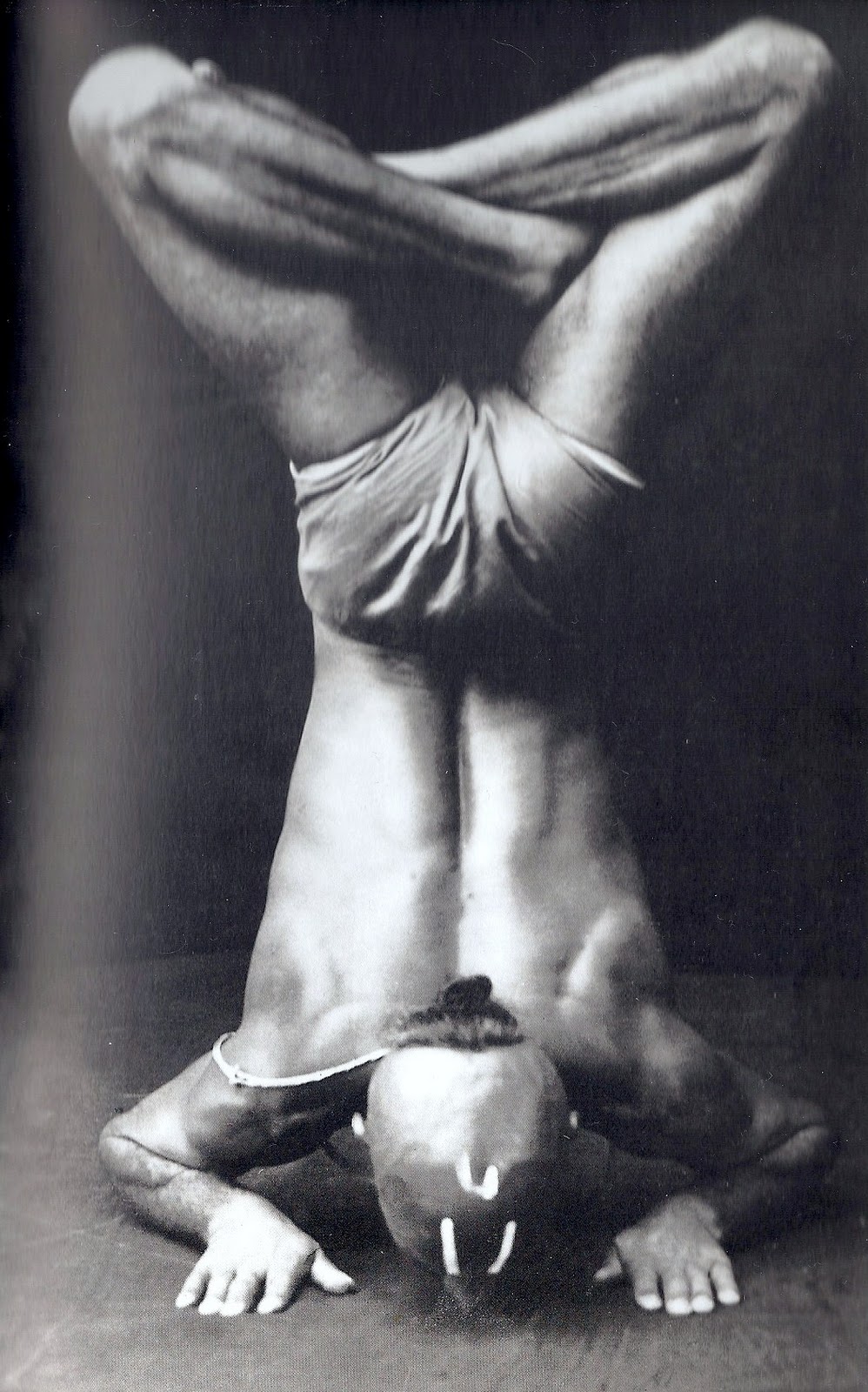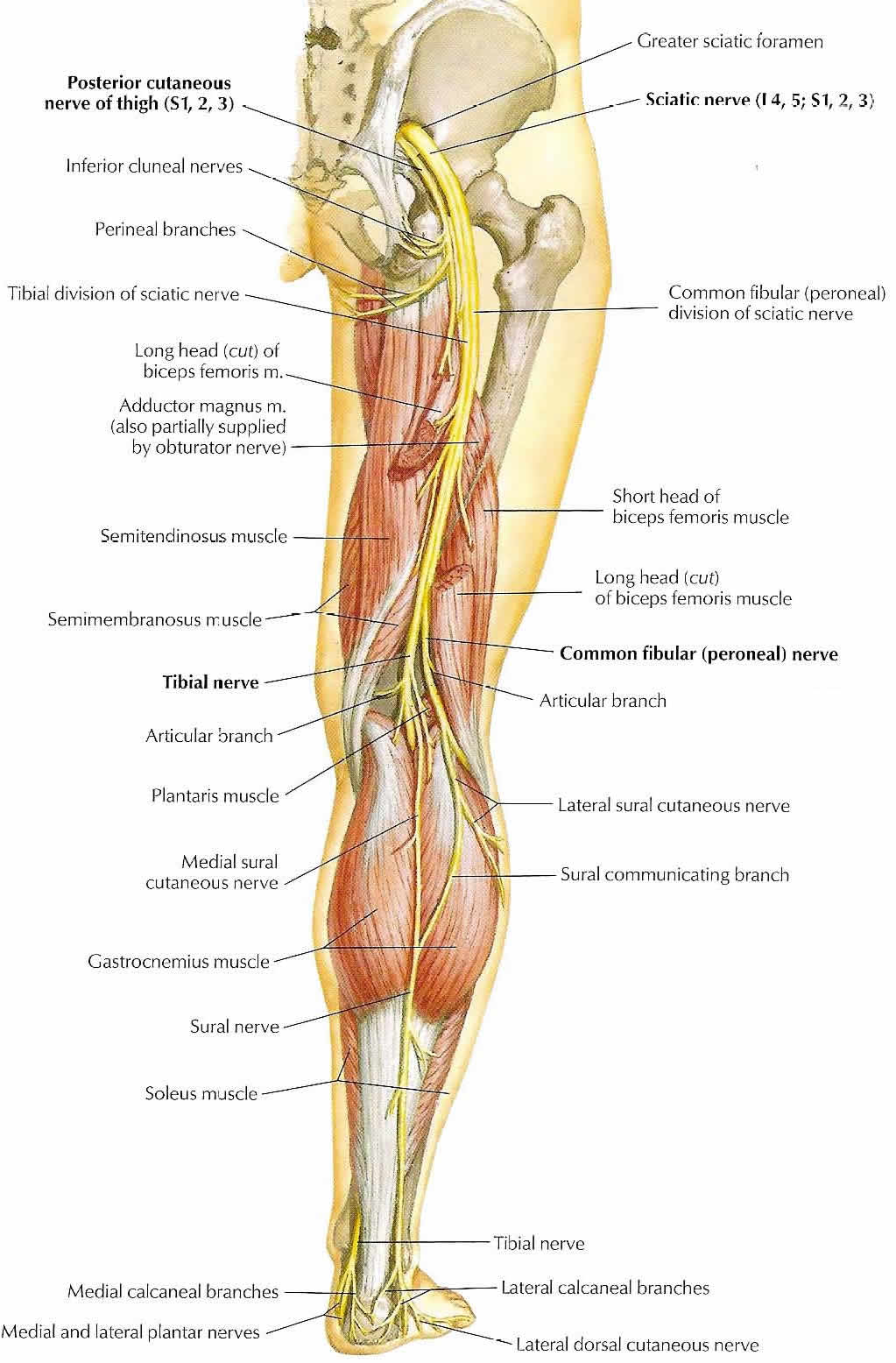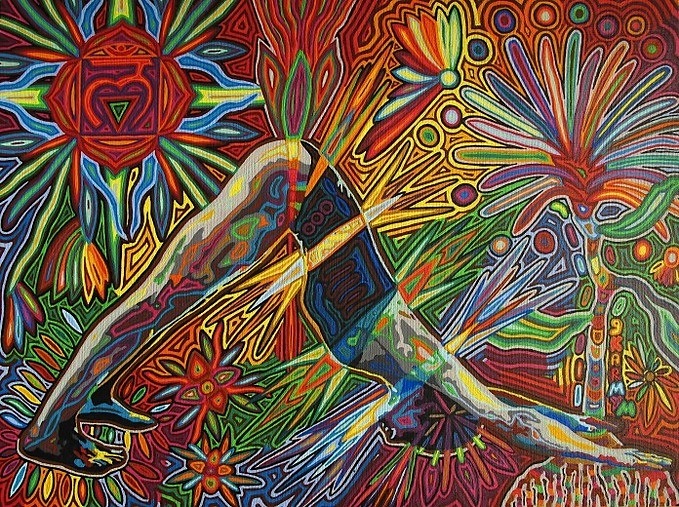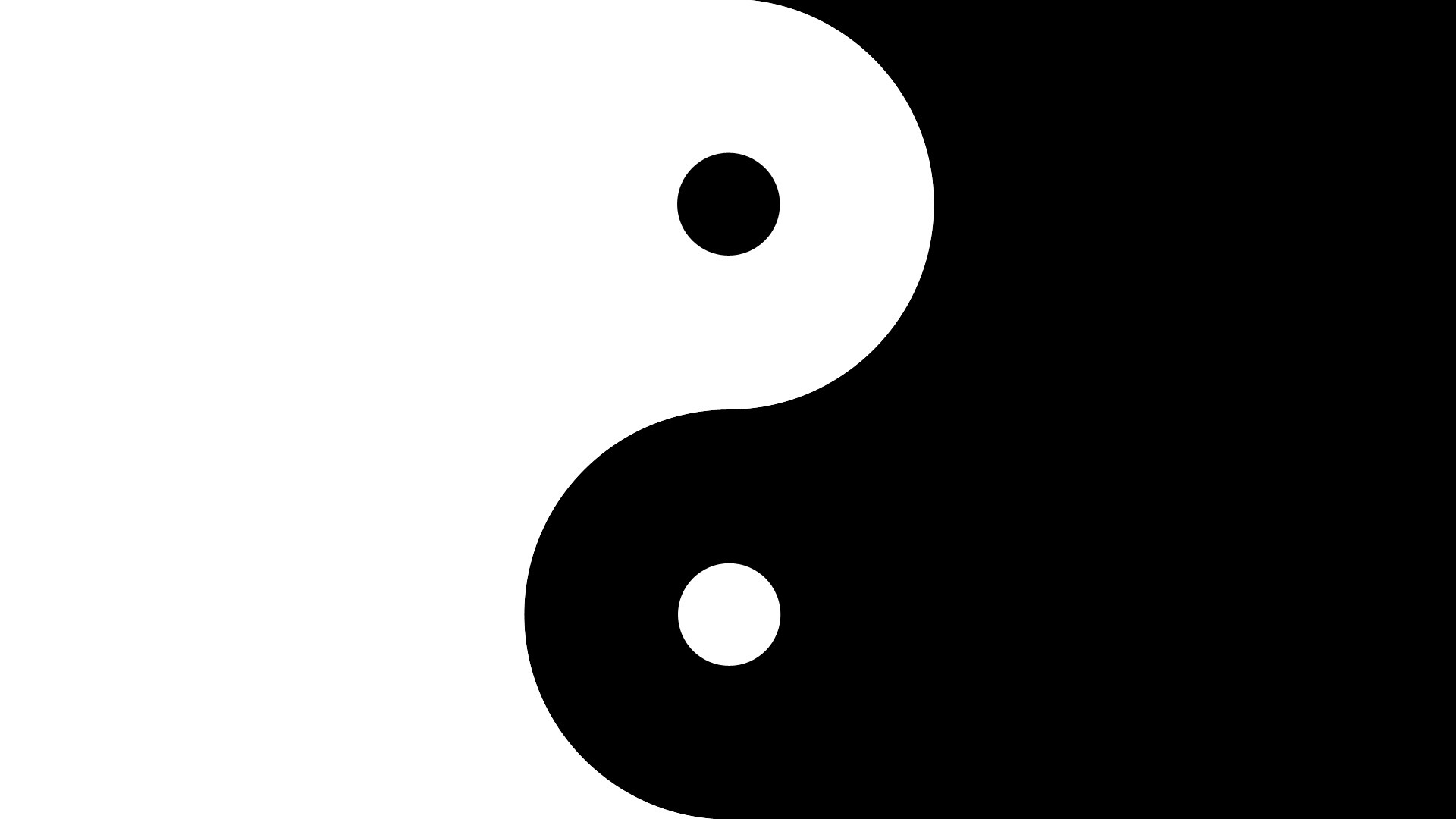What Do You Need To Get Started With Yoga?
From improving your flexibility to soothing joint and muscle pain, to assisting with mental health and disabilities, to even healing major bodily injuries and improving the quality of sleep yoga has a tremendous amount to offer modern human beings. Starting a yoga practice is much simpler than you might expect.

